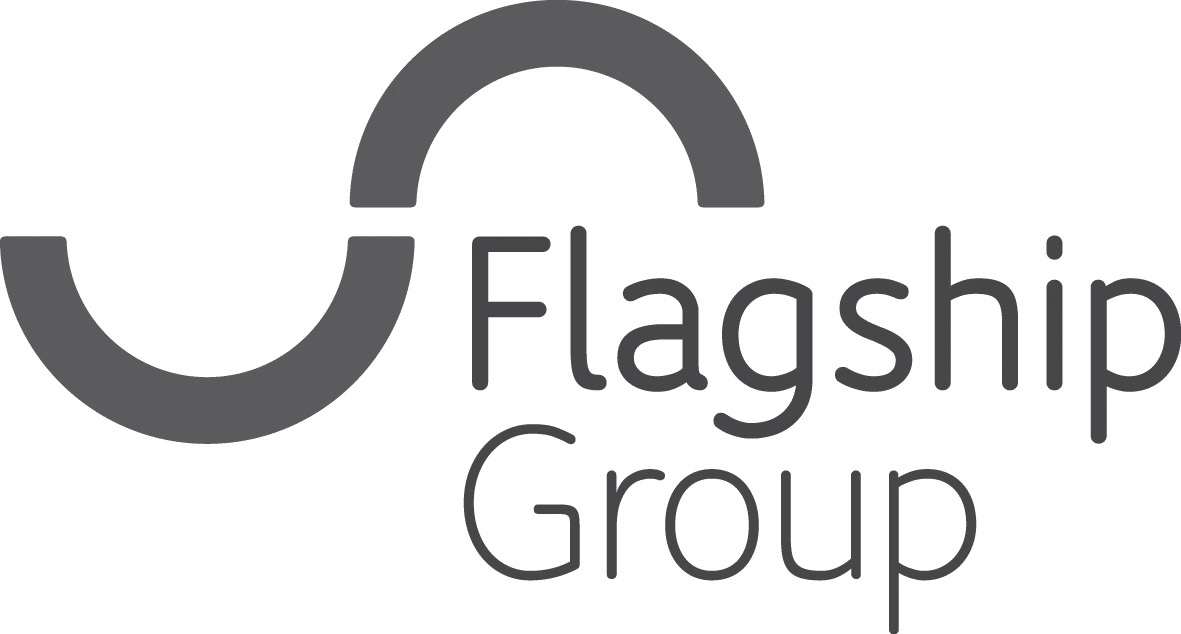TOPdesk customer stories
Discover how service teams like yours achieved success with TOPdesk
Effective modules for everyday efficiency
Prior to integrating with TOPdesk, Liebherr-Canada had been utilizing a basic ticketing system for…

What’s involved in transitioning to a new service management solution?
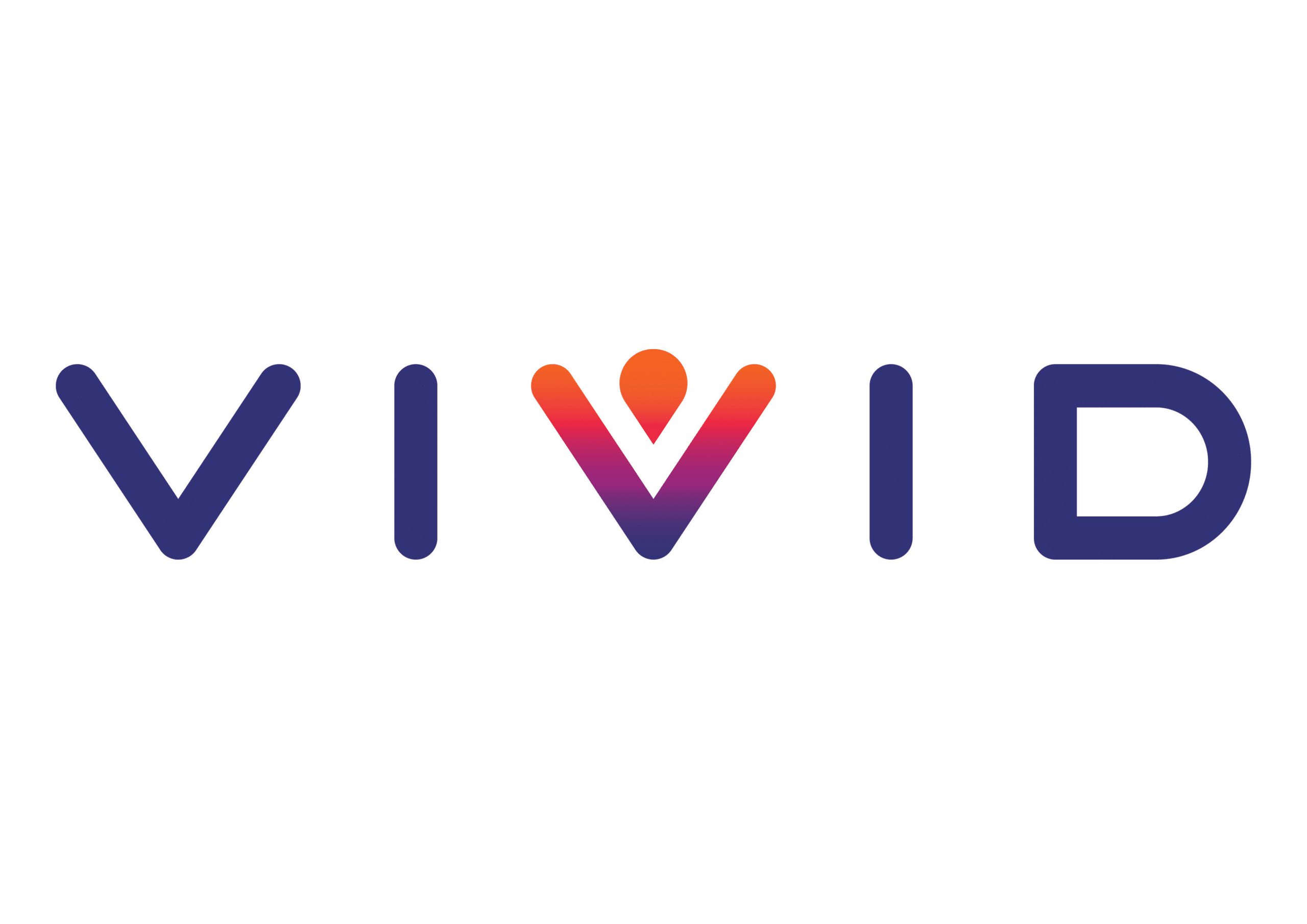
Saving time and streamlining district activities
Discover how Clear Creek ISD Improved their service desk operations with TOPdesk's ITSM tool....
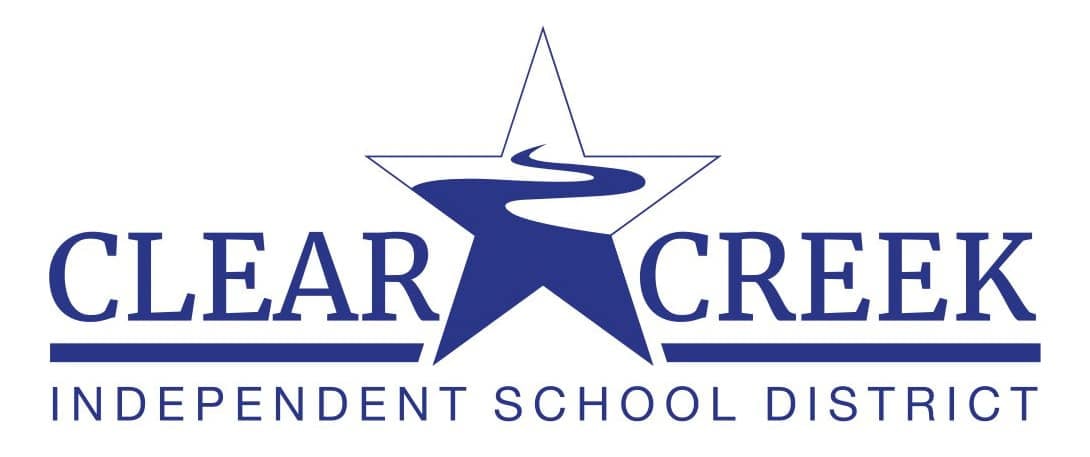
Switching to TOPdesk
Discover how Buckinghamshire New University streamlined their IT service management using TOPdesk ITSM software.…
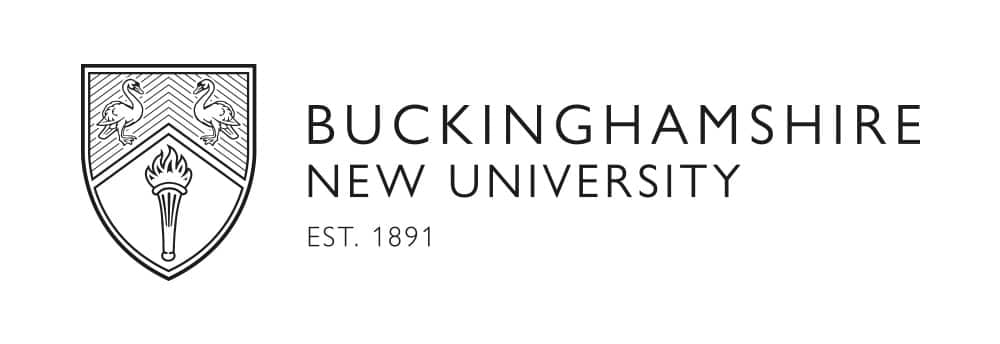
Relaunching the SSP
Discover how Bath Spa University enhanced their service delivery with the implementation of a…

Using TOPdesk In Day to Day Global Operations
Explore how Elis Laundry Services achieved excellent customer service with TOPdesk software. Learn more…

How a Health Check gave clarity to the University’s ITSM Roadmap
Discover how the University of Sheffield improved IT operations with TOPdesk's ITSM solutions. Explore…

Maximizing cross-departmental efficiency through automation
Discover how University of Ottawa transformed their IT service desk operations with TOPdesk. Learn…

How the TAFE empowers staff and students with TOPdesk’s self-service portal
Discover how Wodonga TAFE staff streamlined processes and improved efficiency with TOPdesk's ESM software.…

Delivering success through a phased implementation
Discover how KLM UK Engineering improved service management with TOPdesk self service software. Read…
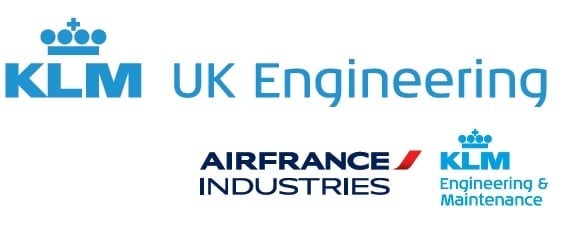
Streamlining IT processes with ITAM and knowledge management
Discover how Roots streamlines processes with TOPdesk's solutions, saving time and boosting efficiency. Read…
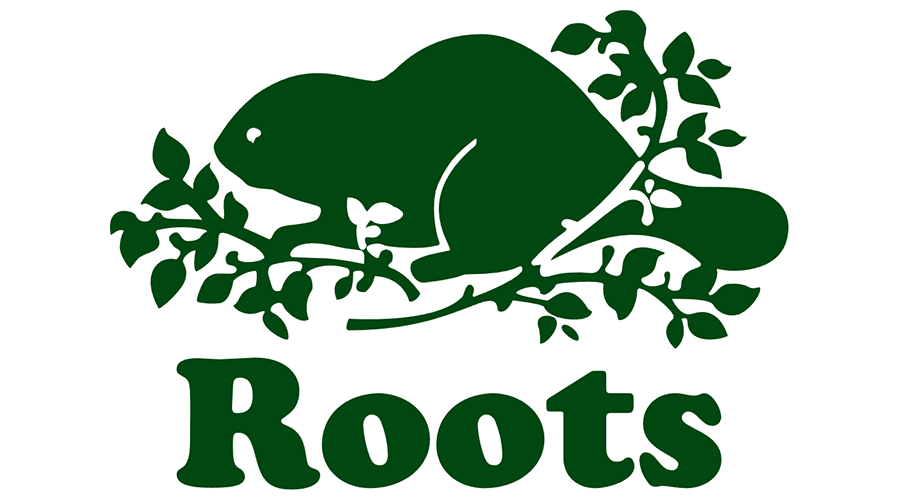
Asset management, sharing knowledge and a school board navigating remote work
Discover how London District Catholic School Board streamlines operations and enhances customer service with…

How setting up an easy-to-use self-service offering can help switching off email.
Discover how the EKC Group streamlined operations and enhanced user experience with the TOPdesk…

Implementing an ITSM tool for a governmental organization during COVID-19
Discover how Agriculture Financial Services Corporation improved their IT service management with TOPdesk's ITSM…
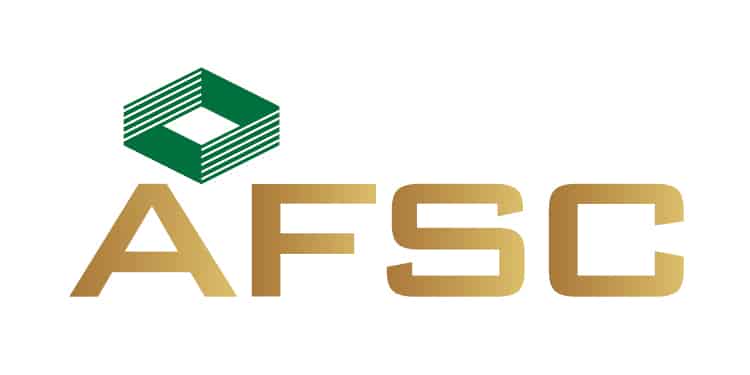
A new chapter: Enhancing services and elevating opportunities
Learn how LTE Group optimized customer support with their self-service portal. Discover their success…

Better cross-campus support with TOPdesk
Discover how the University of Memphis revolutionized its IT help desk operations with TOPdesk…

Adapting Reservations Management for the new normal
Discover how TOPdesk software streamlines operations and enhances student experience at the University for…

Building efficient integrations with the TOPdesk API
Discover how Cranleigh School uses TOPdesk's software to enhance their operations and improve efficiency.…

An API with endless possibilities
Discover how The University of Hull utilizes TOPdesk’s solutions to improve efficiency and enhance…

How the hospital keeps 11,000 medical instruments in perfect condition
A team of ten people purchase, maintain and repair nearly 11,000 medical instruments. That's…

A transparent partnership: community, honesty, efficiency
Moat and TOPdesk have nurtured a true partnership, allowing the housing association to develop…

Success through simplicity: an industry fit
Discover how Grafton Merchanting transformed their operations with TOPdesk's Building Merchants SaaS solution. Read…

STG's plug and play: a “one process strategy” for international collaboration
Discover how Scandinavian Tobacco Group streamlined their processes and improved efficiency with TOPdesk. Read…

A methodology for success: transforming service delivery
Discover how Bord na Móna achieved remarkable results by transforming service delivery with the…

Going to classes safely thanks to rapid coronavirus testing
Discover how Noorderpoort uses the Topdesk portal to streamline operations and enhance service delivery.…

Providing new possibilities for schools
Discover how Millfield School streamlined operations and improved efficiency with Topdesk's self-service portal solution.…

One central system for delivering better care
Discover how Amphia Hospital improved incident registration efficiency with TOPdesk software in this customer…

An agile service desk tool: From necessities to innovative use during COVID-19
"TOPdesk played a massive role in our COVID response." Find out more about PTS…

The power of a partnership
UniDesk is a shared service management solution for the Education Sector. Discover how they…

Utilizing self-service during the COVID-19 crisis
Aston University’s IT department had to change their support because of COVID-19. They turned…

Creating better user experiences with a unified service catalogue
Armagh City, Banbridge and Craigavon Council is a local government district in N. Ireland.…

How this Managed Service Provider empowers their users with a helpdesk tool
Sword IT Solutions is a Managed Service Provider that offers IT, IM and consultancy…
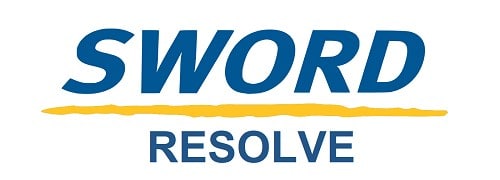
"TOPdesk helps our daily workflow: we can track ticket history, giving us more insight."
Our ITSM helps Collège Boréal with their daily workflow and are now able to…

How the university puts students first across 19 service departments
Keele University started using TOPdesk in 2007 for IT, and has since onboarded 18…

Hörmann (UK) Ltd.’s Journey to Professionalising Their Facilities Management Services
Discover how Hörmann leveraged Topdesk CAFM software to improve customer service and efficiency. Read…

Creating a services hub for excellent student support with TOPdesk
Read how the University of West Scotland’s IT Services department changed its culture, adopted…

“We discovered that TOPdesk is a genuine shared services tool”
Discover how North Lincolnshire Council improved efficiency with a shared services solution from TOPdesk.…

“Over 90% over our customers now report having a great experience”
KCHFT’s IT department has been using TOPdesk since 2016. Their biggest success with TOPdesk?…

“TOPdesk makes your agents seem like superheroes and invisible all at the same time.”
Discover how CSC Providence transformed their service delivery with the help of TOPdesk's self-service…

How the school improved its self-service uptake and customer happiness
The London School of Hygiene & Tropical Medicine implemented the TOPdesk self-service portal, resulting…

How the university's service departments joined efforts for a better customer experience
Discover how TU Delft transformed its service desk operations with TOPdesk software, streamlining support…

How KLM catering service has improved communication across their departments
Discover how KLM catering service has improved communication across their IT, Facilities and technical…

The university now empowers staff and students to solve their own problems
Rhodes College began its partnership with TOPdesk in January 2016 and went live in…

How the school's service desk automated IT services and boosted their image
Discover how DSBN transformed their help desk operations with TOPdesk software. Read their success…

How the university’s IT Services department changed its culture
The University of St Andrews is the first European university to receive a three-star…

How the university created a TOPdesk-based service called UniDesk
Discover how the University of Edinburgh streamlines their IT support with Unidesk in this…

How the everyday work in the IT department became more streamlined and stress-free
The Arts Council England supports around 500 staff members with TOPdesk. Discover how the…

Welsh councils share a TOPdesk license and service management best practices
The IT department at Cyngor Gwynedd Council has been using TOPdesk since 2005. They…



